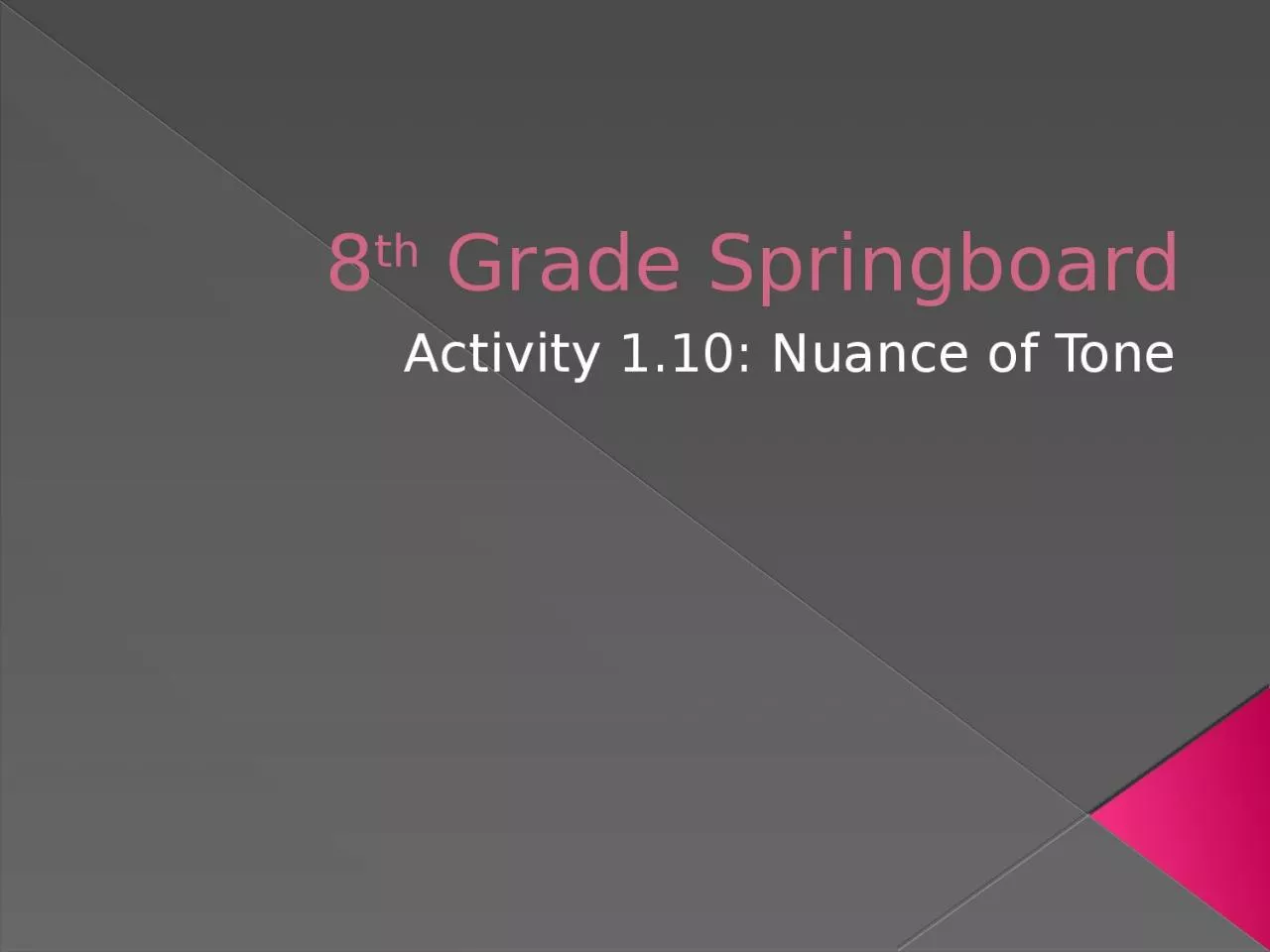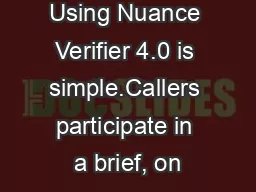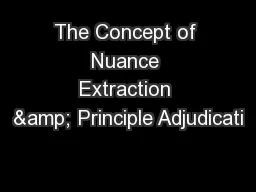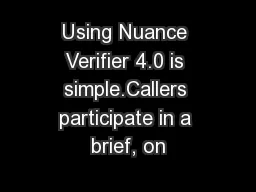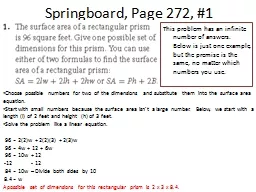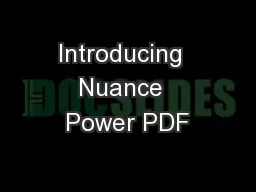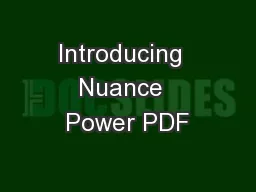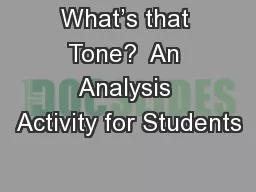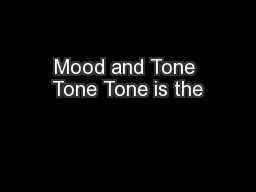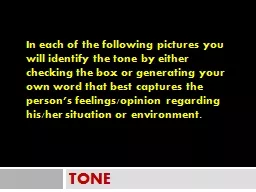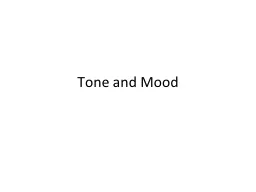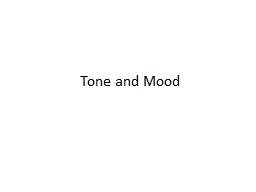PPT-8 th Grade Springboard Activity 1.10: Nuance of Tone
Author : RefreshingView | Published Date : 2022-07-27
Learning Targets I can explain how nuances in tone words arise from connotation EntryNotes Journal 915 Activity 110 Vocab pg Tone is a writers or speakers attitude
Presentation Embed Code
Download Presentation
Download Presentation The PPT/PDF document "8 th Grade Springboard Activity 1.10: N..." is the property of its rightful owner. Permission is granted to download and print the materials on this website for personal, non-commercial use only, and to display it on your personal computer provided you do not modify the materials and that you retain all copyright notices contained in the materials. By downloading content from our website, you accept the terms of this agreement.
8 th Grade Springboard Activity 1.10: Nuance of Tone: Transcript
Download Rules Of Document
"8 th Grade Springboard Activity 1.10: Nuance of Tone"The content belongs to its owner. You may download and print it for personal use, without modification, and keep all copyright notices. By downloading, you agree to these terms.
Related Documents

